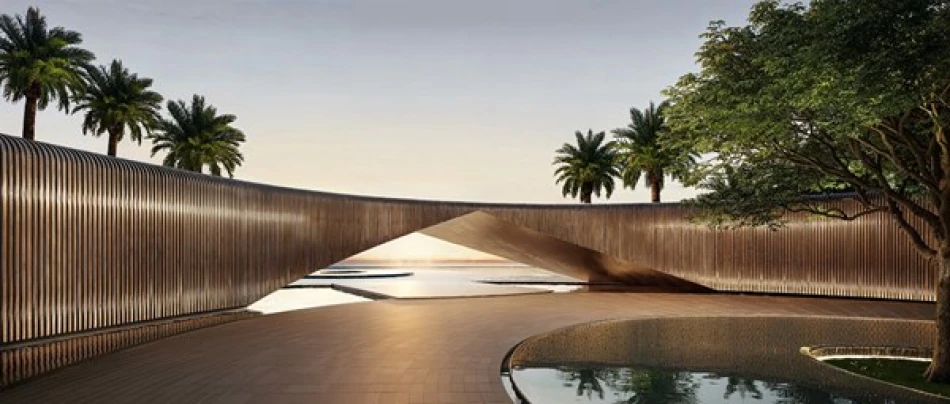
RAK Real Estate Soars: 80% Profit Surge to AED 160 Million in H1
Ras Al Khaimah Real Estate Delivers Explosive 80% Profit Jump as UAE's Property Boom Spreads Beyond Dubai
Ras Al Khaimah Real Estate has posted remarkable first-half 2025 results with net profits soaring 80% to AED 160.6 million, signaling that the UAE's red-hot property market is expanding well beyond Dubai's traditional dominance. The company's sales value more than doubled to AED 1.4 billion, reflecting growing investor appetite for the northern emirate's more affordable yet luxury-focused developments.
Financial Performance Highlights Strong Market Position
The company reported total revenues of AED 774.79 million for the six-month period, with net profit climbing from AED 89.06 million in the same period last year. This 80% profit surge demonstrates exceptional operational efficiency in a competitive market where margins are often squeezed by rising construction costs.
Operating profits increased 47% to AED 204.15 million, while EBITDA rose 42% to AED 239.25 million. The company's development project portfolio now stands at AED 2.624 billion, up 42% year-on-year, providing a solid foundation for future revenue streams and cash flow stability.
Unit Sales Drive Revenue Growth
Property unit sales jumped 59% to 788 units, indicating robust demand across the company's residential and hospitality portfolio. This sales momentum reflects broader trends in the UAE real estate market, where buyers are increasingly looking beyond Dubai and Abu Dhabi for investment opportunities offering better value propositions.
Ras Al Khaimah Emerges as UAE's Next Property Hotspot
The strong performance positions Ras Al Khaimah as a serious contender in the UAE's property landscape, traditionally dominated by Dubai's glamorous developments and Abu Dhabi's government-backed projects. The emirate offers a compelling alternative with lower entry prices, waterfront locations, and growing infrastructure investments.
This shift mirrors similar patterns seen in other global markets where secondary cities capture investor interest as primary markets become overheated. Singapore's property market, for example, has seen similar migration patterns as investors seek better yields in emerging districts.
Strategic Focus on Mixed-Use Development
The company's flagship "Mina" project exemplifies this strategy, combining world-class resorts with distinctive residential and hotel developments. This mixed-use approach reduces risk while capitalizing on both residential demand and the UAE's recovering tourism sector.
Total assets grew 3.5% to AED 8.29 billion, while capital and reserves increased 3% to AED 5.7 billion, indicating conservative financial management despite aggressive growth targets.
Market Implications and Investment Outlook
For investors, these results suggest the UAE property boom is broadening geographically, potentially offering more sustainable growth than markets concentrated in single emirates. Ras Al Khaimah's success could attract additional international developers and institutional investors seeking exposure to UAE real estate without Dubai's premium pricing.
The 101% sales increase also indicates strong underlying demand fundamentals, supported by the UAE's growing population, economic diversification efforts, and continued appeal to international residents seeking tax-efficient domiciles.
Regional Competition Intensifies
This performance puts pressure on other regional property developers to demonstrate similar growth metrics. As competition intensifies across the GCC, companies with strong execution capabilities and attractive locations are likely to capture disproportionate market share.
The results also validate the UAE's strategy of developing multiple economic centers rather than concentrating all growth in Dubai and Abu Dhabi, potentially creating more resilient long-term property market dynamics across the federation.
 Layla Al Mansoori
Layla Al Mansoori







